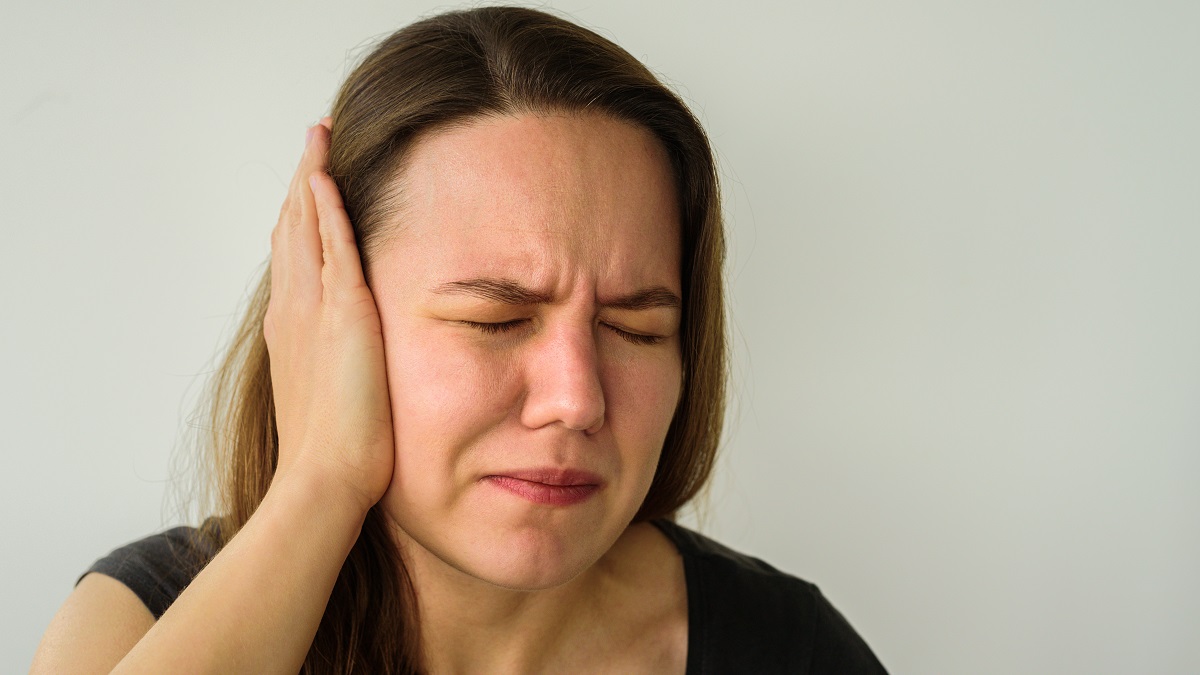Can weight loss cure arthritis? Not exactly. There are over 100 forms of arthritis, each with different causes, affecting over 50 million people in the U.S. annually. But, while all of these different types of arthritis have varying treatment goals and approaches, there’s one preventative strategy they all have in common. And that’s where weight loss comes in. While some treatment options include pain management through medications, one of the best drug-free options to reduce pain is also one of the simplest and most affordable: weight management. Here are six ways that managing weight can help your with arthritis, no matter what type of arthritis you suffer from.
Click Here to Visit the Store and find Much More….
1. Painful joints have less to support
This is the most straightforward way that managing weight helps with arthritis. The joints in our bodies get a lot of use over a lifetime, and over time the cartilage and cushioning between joints can wear away, causing a wear-and-tear type of arthritis called osteoarthritis. When joint cushioning is worn away, the bones in the joint rub against each other, causing pain and inflammation.
One study found that women who lost 11 pounds reduced their risk of osteoarthritis by 50%. Even moving the needle from obese to overweight made a difference. In men, losing enough weight to move from a BMI of obese to one of overweight reduced their risk of osteoarthritis in the knee by 20%. For women, the reduction was 30%.
Less weight means less pressure on the joints, and less pressure means less pain.
2. Exercise makes daily life easier
Maintaining a healthy weight may mean changes in exercise levels. Those who begin an exercise plan to maintain a healthy weight may find that this also helps them with tasks in daily life. Climbing stairs, cleaning house, playing with the kids, and even changing a lightbulb are all made easier with the strength you gain from exercise.
These results will not happen immediately. In order to get the full effects of exercise, it is important to be consistent and exercise daily. For those with extreme joint pain, it is important to talk to your doctor first, but know that over time, as the body becomes stronger and endurance increases, even exercise itself will become easier.
3. Exercise gives you more energy
Maybe the thought of hauling your painful joints off the couch makes you tired, but know this: as you consistently exercise, losing weight and building strength and flexibility, your body actually has more energy.
Researcher Patrick O’Connor, phd and co-director of the University of Georgia exercise psychology laboratory in Athens, Georgia recognizes that it may be hard to believe.
“A lot of times when people are fatigued, the last thing they want to do is exercise, but if you’re physically inactive and fatigued, being just a bit more active will help…it may be that lacing up your tennis shoes and getting out and doing some physical activity every morning can provide that spark of energy that people are looking for.”
4. Improved mood due to exercise breaks the vicious cycle of pain, sleep issues, and depression
Even if pain is not actually worse, poor sleep due to arthritis can bring on mood disorders like depression which make pain seem worse. Managing your weight through exercise sheds pounds while boosting mood, a double bonus for those who need help managing chronic arthritis pain.
Click Here to Visit the Store and find Much More….
Dr. Patricia Parmelee from the Center for Mental Health & Aging at the University of Alabama in Tuscaloosa found that sleep and pain were closely linked:
“Sleep disturbance is a common complaint among those with pain, particularly among those with OA. Our research is unique as we investigate the complex relationships among sleep, OA-related pain, disability and depressed mood simultaneously in a single study.”
5. Maintaining a proper BMI can be key to arthritis remission
Weight management to help with arthritis isn’t always about losing weight. A new study from Hospital of Special Surgery found that those patients with a BMI that was either too high or too low meant a shorter period of remission for those with rheumatoid arthritis. Although higher BMI was linked with more pain and inflammation, those who were severely underweight also had less chance of remission.
Susan Goodman, M.D., a rheumatologist at HSS, says this result was not expected:
“What’s striking is that if you look at the BMI classifications, all the patients in the underweight or overweight categories were much less likely to achieve sustained remission compared to those with a normal BMI. Patients who were severely obese had an even lower chance of achieving sustained remission.”
Managing weight to stay within your target BMI range may be key to remission of pain while decreasing inflammation. She also noted that:
“Our findings represent the first study to present evidence that BMI should be considered among the modifiable risk factors for poor RA outcomes. There are many things patients can do to manage the disease. Along with timely diagnosis and treatment, weight control and other good practices can result in better outcomes.”
6. Managing weight can be delicious
Exercise and proper sleep are just two ways to manage weight, and the benefits of both include less pain and improved mood. But weight can be managed in another way the helps with arthritis pain. Did you know that the foods you eat can have a dramatic and positive impact on your arthritis? Many foods have anti-inflammatory properties and can actually help reduce painful symptoms.
Eating a diet filled with anti-inflammatory foods can help manage painful, swollen joints even as it helps you lose weight. Anti-inflammatory foods include things like leafy greens, cherries, wild salmon, and almonds.
For best results, including a quick shedding of pounds, eliminate common inflammation-causing foods like sugar, white flour, and any processed foods. Some people find that dairy or wheat causes painful joint pain flare-ups. There are more substitutes for dairy and wheat than there used to be, but those can be filled with fat, sugar, and salt and should be eaten sparingly.
The more whole foods you can incorporate into your diet the better. An easy way to think about eating for weight management and anti-inflammation is this: eat foods as close to their natural state as possible.
What foods are good for arthritis?
The Arthritis Foundation has released this helpful arthritis diet guide from Dr. Andrew Weil to consult when planning meals. The suggested foods not only reduce inflammation but also increase energy naturally and help maintain a healthy, well-balanced diet.
Click Here to Visit the Store and find Much More….
Consider eating the following anti-inflammatory foods:
- Fruits and vegetables
- Whole grains, pastas, and legumes
- Healthy fats, such as olive oil, avocados, and nuts
- Fish and seafood
- Whole soy foods such as edamame, tofu, and soy milk
- Cooked Asian mushrooms
- Other sources of protein including cheese, eggs, and lean meats
- Healthy herbs and spices, such as cinnamon and garlic
- White, green, and oolong tea
- Daily supplements
- Red wine in moderation
- Healthy sweets, such as dark chocolate
While the anti-inflammatory diet is not intended to promote weight loss, many individuals using it to reduce the inflammation in their joints also experience the health benefit of losing weight. The Arthritis Foundation also recommends that you eat as many fresh foods as possible and choose organic when you can. Water should also be consumed throughout the day—at least 64 ounces.
Research has shown that body fat increases inflammation within the body. By eating these healthy foods you can reduce your body fat and, subsequently, the resulting pain in your joints. Pain can also be caused by a number of conditions related to body fat or hormone imbalance. Your doctor can refer you to a nutritionist who can help you with the right diet choices for your specific arthritis symptoms. It is important to consult your physician before making any drastic changes to your diet.
Can weight loss cure arthritis?
So, can weight loss cure arthritis? No. But, it is the closest we’ve come to a cure for many types of arthritis. And since it’s non-invasive and comes with its own host of health benefits, it’s also the best treatment plan for your overall health.
Weight loss through exercise specifically can also help treat or manage:
- Sleep apnea issues or other sleep disorders
- Mood disorders, like depression
- Other chronic pain conditions, like back pain
- Fatigue
- Cardiovascular health concerns
Simply put, there’s no medicine like weight loss from exercise. Talk to your doctor today to learn how weight loss can help you reduce pain and get back to the life you love. In addition, they’ll be able to talk to you about complementary treatment options. These can allow you to exercise with less pain, especially during the beginning of your treatment plan. They include:
- Physical therapy to build up key muscles around your joints
- Braces to provide more support during exercise
- Glucosamine or other supplements to help build up healthy tissue
- Joint injections to alleviate pain while you’re working on weight loss

Click Here to Visit the Store and find Much More….
For More Information Related to Fibromyalgia Visit below sites:
References:
Fibromyalgia Contact Us Directly
Click here to Contact us Directly on Inbox
Official Fibromyalgia Blogs
Click here to Get the latest Chronic illness Updates
Fibromyalgia Stores

